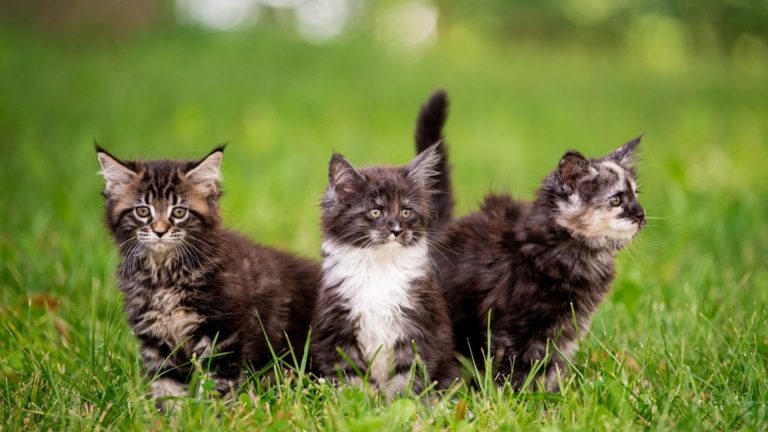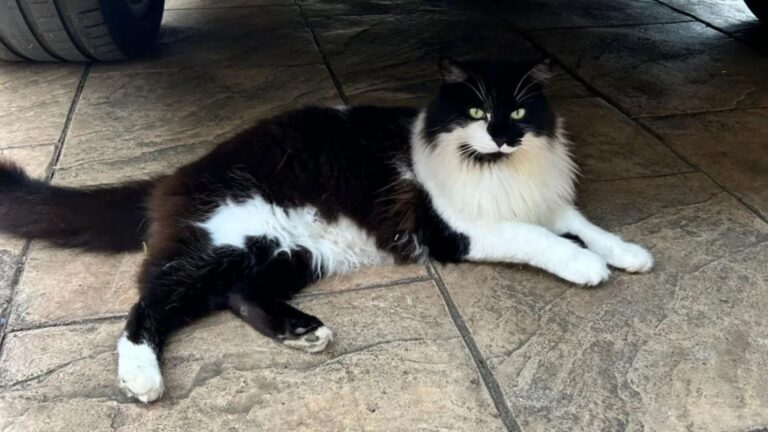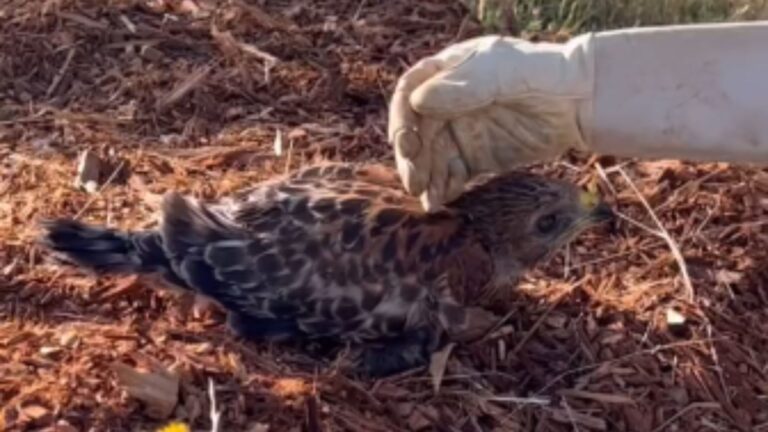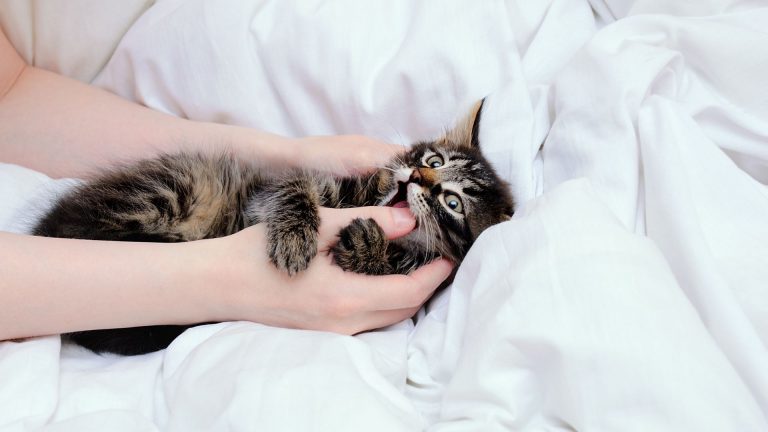Cat Scent Glands: The Where, The What & The Why
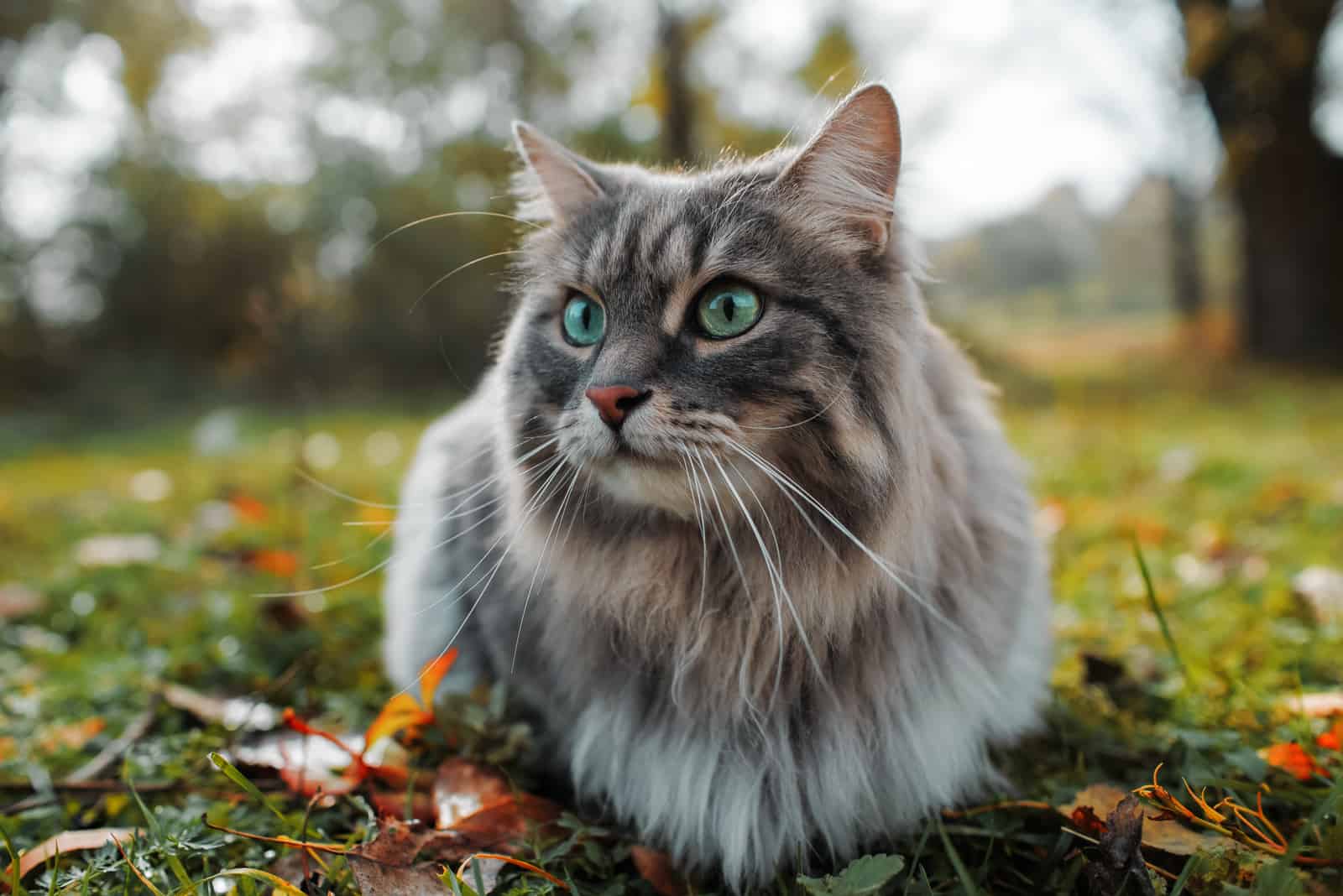
Every cat owner has to know about cat scent glands.
We always want the best for our cat and their health, so it is important to know about their scent glands and how to look after them.
If you have ever asked yourself why my cat smells terrible? Or why are there different scents present around the house or yard? This is most probably due to your cat’s glands.
Cats will leave their mark on you in the same way they do in their area. You might notice, as well as cat hair, a few smelly spots on your clothes as well.
You will find everything you need to know about cat scent glands in the text below.
Cat Scent Glands: What Are They?
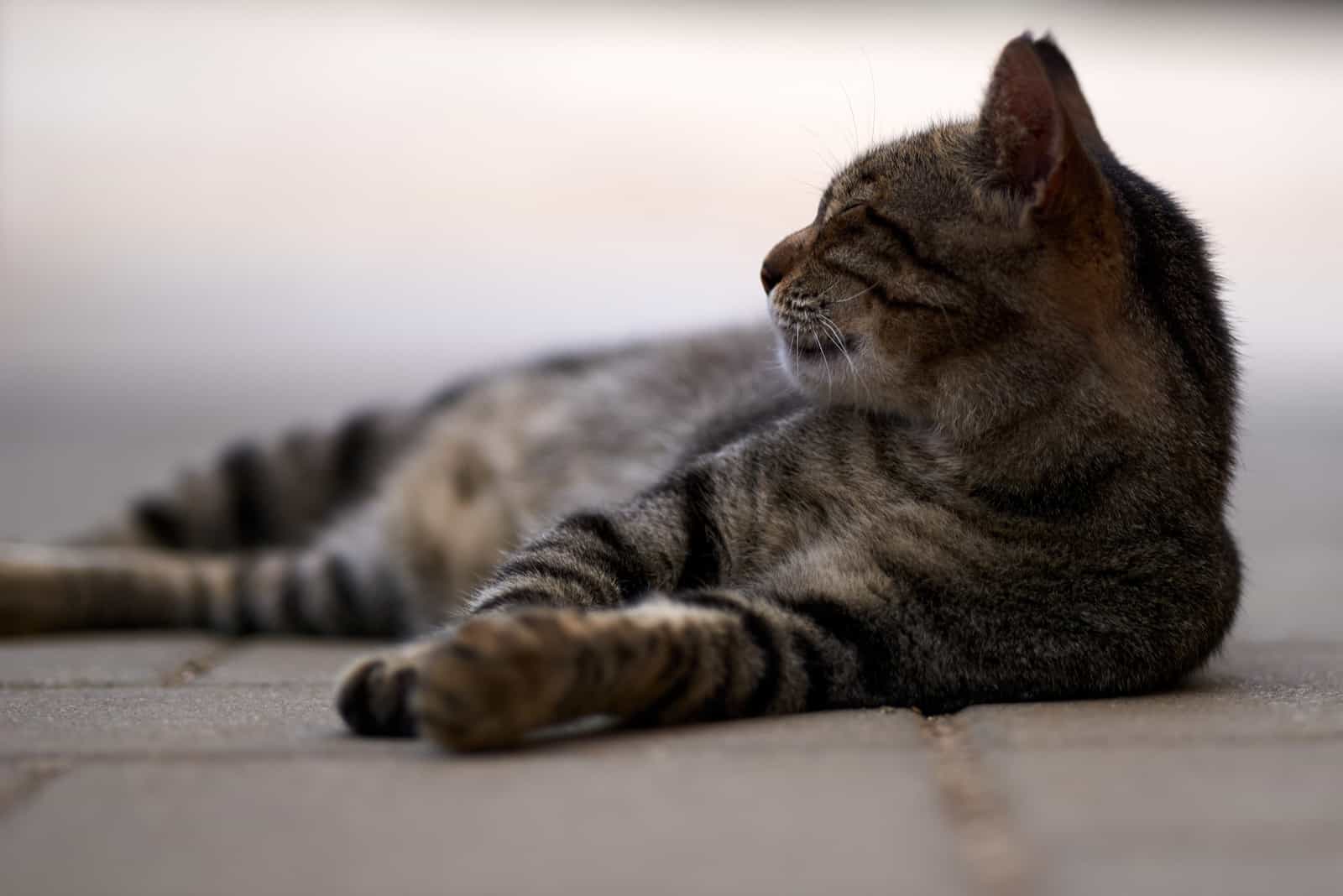
What is a cat scent gland?
Cat scent glands are organs which release chemicals called pheromones which serve as message-carriers.
Cat scent glands are located in different spots on their body, and they use them to leave a scent mark.
Scent is a very important factor in a cat’s life. It gives your cat all the information they need. Cats use their scent as a means of communication.
The scent your cat leaves behind gives important information for another cat.
Scent marking is part of a cat’s communication process; we have our language and they have theirs. You might think that meowing is their language, but they talk more through scents.
Scent glands release pheromones, these are chemical molecules which cats use to communicate.
If you have an outdoor cat, these scent marks are their survival kit. Your cat uses the vomeronasal organ (located on their palate) to taste other scents and pheromones.
One cat leaves their scent to mark its territory and if your cat doesn’t want any trouble, then they know not to mess around in certain spots.
If your cat, however, is a troublemaker, they will definitely go in the direction where the previous cat left their scent!
If you have an indoor cat and want them to feel the thrill outdoor cats feel, you can spray a bit of feliway, which is a synthetic spray version of cat’s facial pheromones, around the house.
Cat Scent Glands: Where Are They?
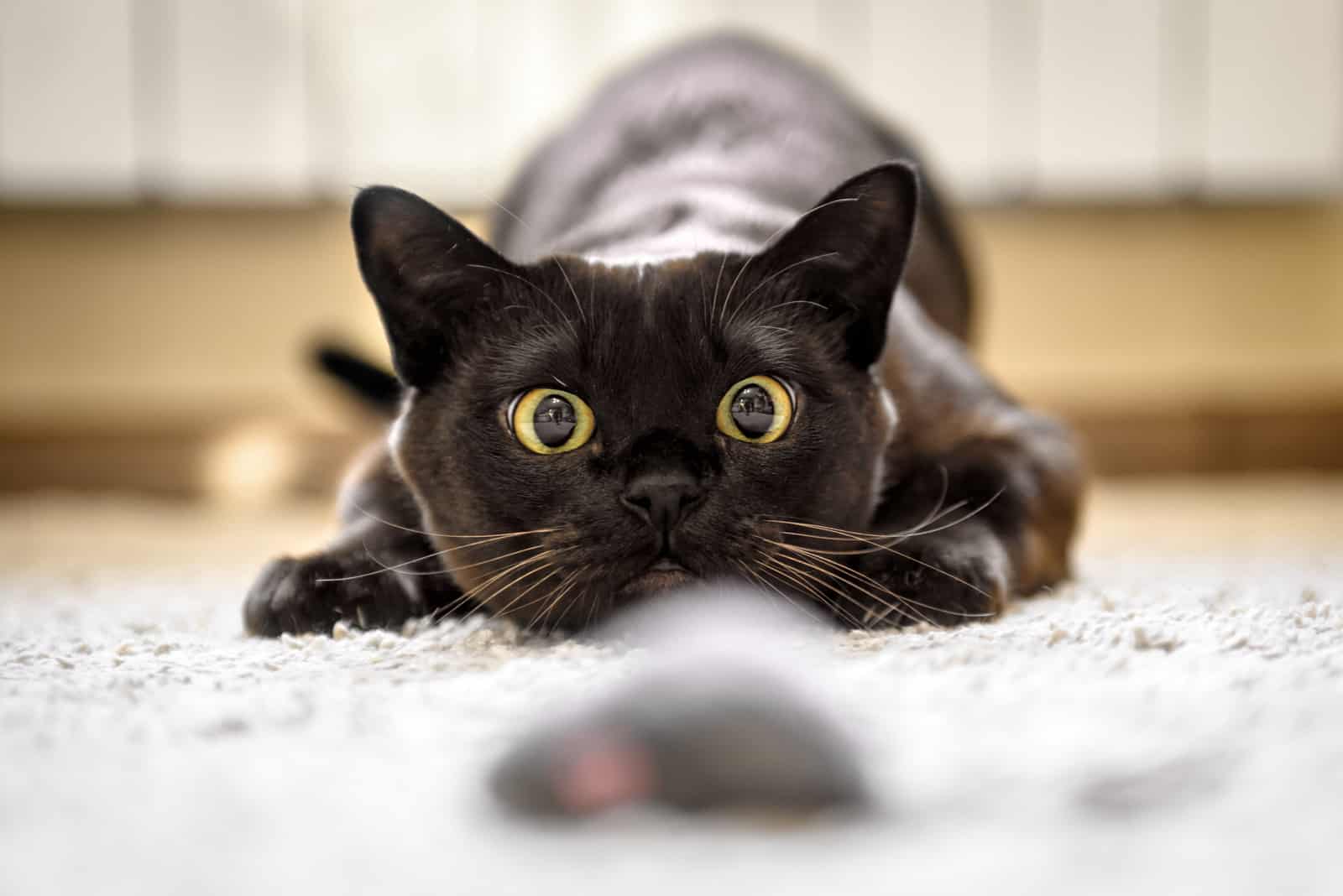
Where are all the scent glands on a cat?
Scent glands are located throughout your cat’s body, at different spots numbered in the text below.
Cats have 9 most dominant scent glands:
1. Glands located on cat’s ears (called pinna)
2. Glands on their cheeks
3. Temporal: in the temples above eyes
4. Glands at their mouth corners (called perioral)
5. Submandibular: under their jaw
6. Supra-caudal gland: on the base of the tail
7. Glands going across the tail (called caudal)
8. Glands located on the sides of cat’s anus (called anal)
9. Interdigital: between the toes
Cat Scent Glands: Why Cats Have Them
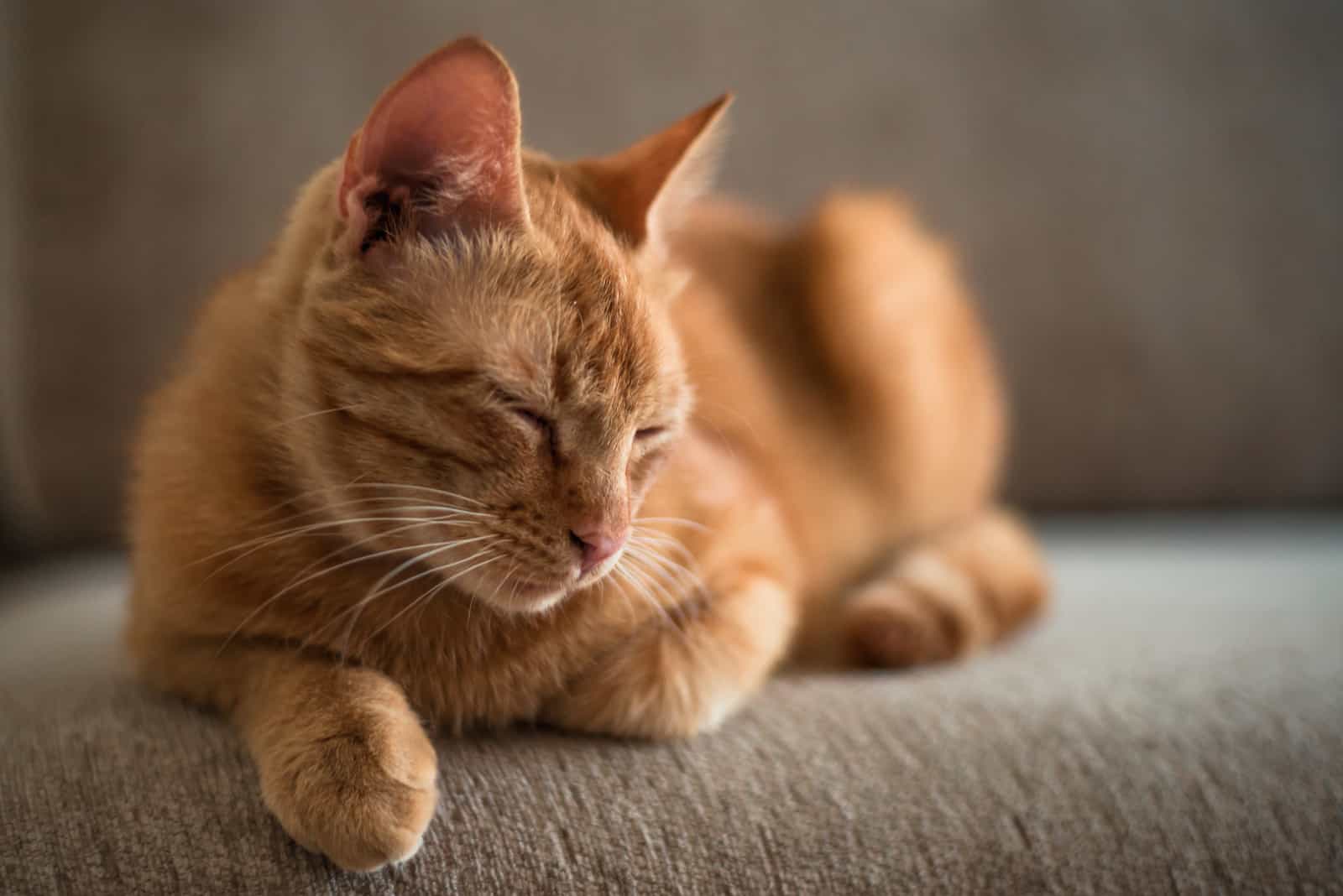
Why do cats have scent glands?
They have scent glands because they use them to communicate, by leaving their scent where other cats can recognize them. This is really important for outdoor cats as it gives them information about the cat who has been there previously.
If you ever wondered why your cat rubs against everything or everyone, it is because their scent glands are all over their body.
They leave their own scent everywhere they touch.
They use their glands when they head bunt, touch with their paws, or check another cat’s rear end.
Cats use scents to identify other cats, they use urine spraying and scent glands to mark their territory, announce their reproductive status, to meet and bond with new cats, they can also discern male cats from female cats this way.
The scent glands around the head area are considered to be less intense, and friendly, which is why head butts are welcome.
They use these to mark familiar objects, or their people; which is a form of bonding.
When cats rub their cheeks on stuff it is comforting, and it lets you know that your cat feels secure and safe in its environment.
When cats scratch stuff, their scent glands on paws are being used.
Other than scratches in that area, your cat leaves olfactory marks as well.
The pheromones your cat releases when pooping or peeing are intense.
Cat Anal Glands: Problems
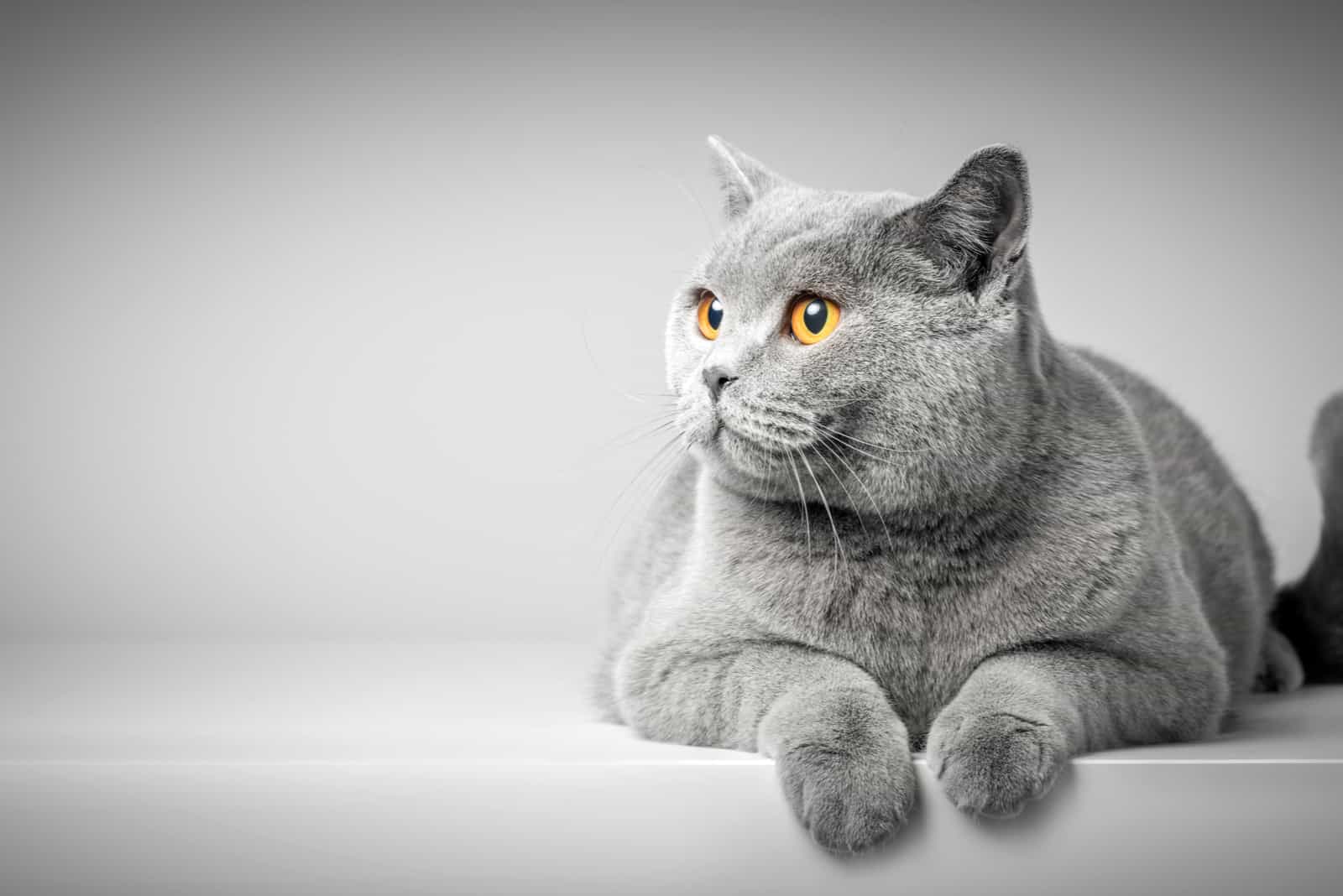
Cats have two anal glands, or anal sacs, on both sides of their rectum. These, in addition to poop smell or urine, help them mark their territory.
Cats don’t really need anal sacs and if they are healthy, you shouldn’t worry about it.
When a cat defecates, their anal glands are squeezed and anal gland secretion comes out. You may notice it next to the feces that come out, it is a very smelly dark liquid.
Anal glands can become clogged or infected when there are a lot of bacteria, or inflammed. This happens more commonly to dogs than cats, but it can happen to cats as well.
Blocked Anal Sac
The most common problem which happens is that the tube of anal sac gets clogged up, and the liquid (the secretion from the anal sac) can’t come out.
This is painful for cats; they may cry and avoid the litter box and they can become constipated.
Bacteria
Another problem is bacteria, which causes infections.
Bacteria builds up and anal sacs are infected. This is itchy and painful, and it is important to deal with it before it turns into an abscess.
Abscess
An abscess is a swollen mass of secretion.
It is an extremely painful problem and the anal sac needs to be drained. Your vet will do this.
You will notice a change in your cat’s behavior, and symptoms such as:
• weight loss
• scooting or dragging their bottom around the floor,
• chasing, licking or biting their tail a lot more
• pain near the tail or swelling around the anus
If you have any doubts, always talk to your vet. Your cat’s health is the most important thing.
Veterinary medicine is there to help! Your vet can run tests to see that there are no bigger problems with your cat’s health like inflammation or tumors.
If anal glands are the only problem, they will squeeze them, and hopefully your cat will imediately purr happily and be back to its old self.
FAQ
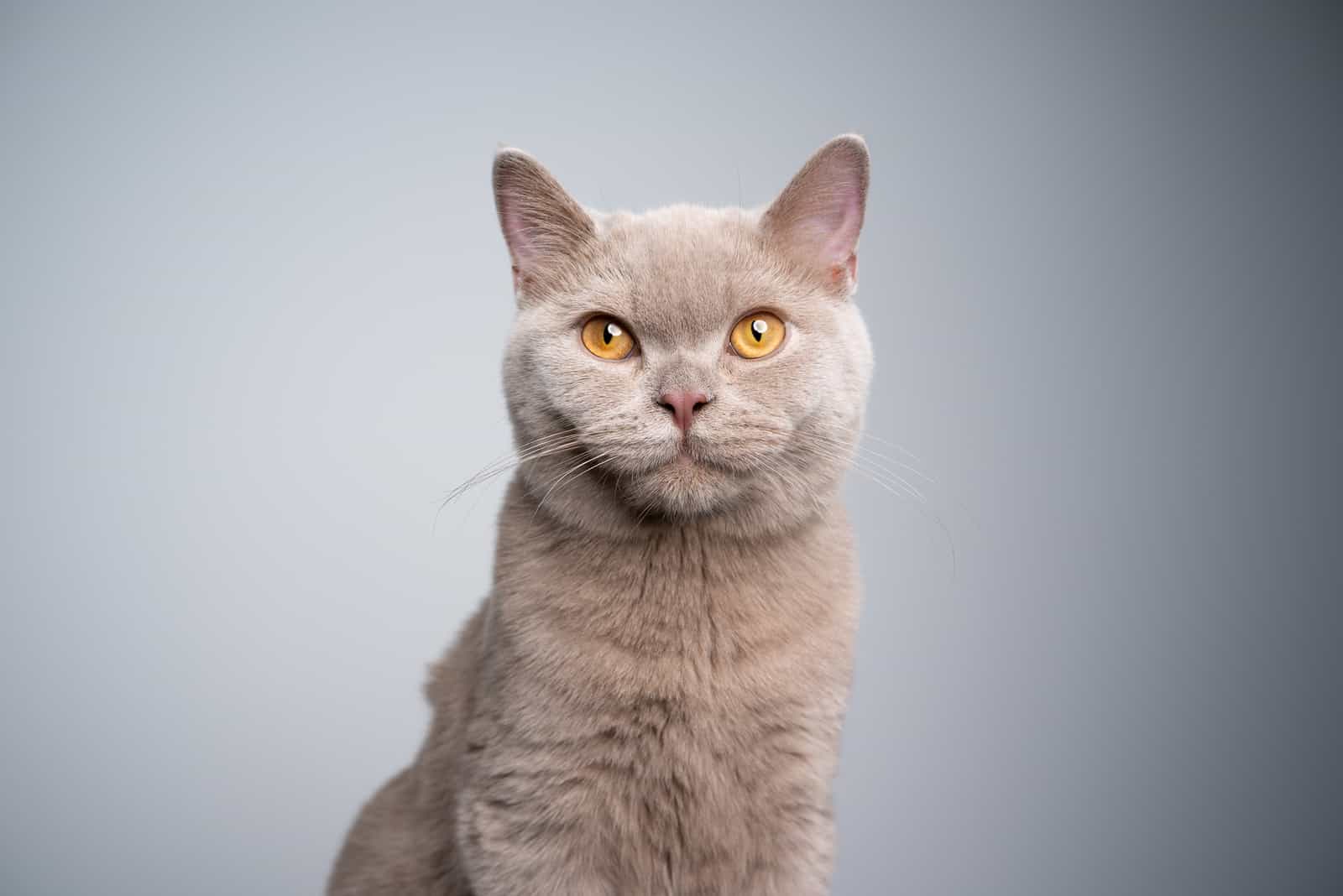
Why do cats like their scent glands rubbed?
Scent marking and communication. Some cat owners see this as a sign of affection, but cats rub their glands to mark their territory and leave their scent behind.
What does glands expressed mean?
Squeezing. This means the procedure when groomers or vets put pressure on the glands (usually anal glands) to squeeze the liquid out.
How do you know if your cat needs glands expressed?
This usually happens on its own, but if your cat’s glands need manual support you will notice redness around their rectum, scooting, biting or excessive licking.
What do you need to express a cat’s scent glands?
You need to be calm and gentle. Using your fingers, gently squeeze on the outer side of your cat’s anal glands. This is usually done by the vet, so get the vet to show you how to do it if it is something you would be comfortable doing at home.
Finally…
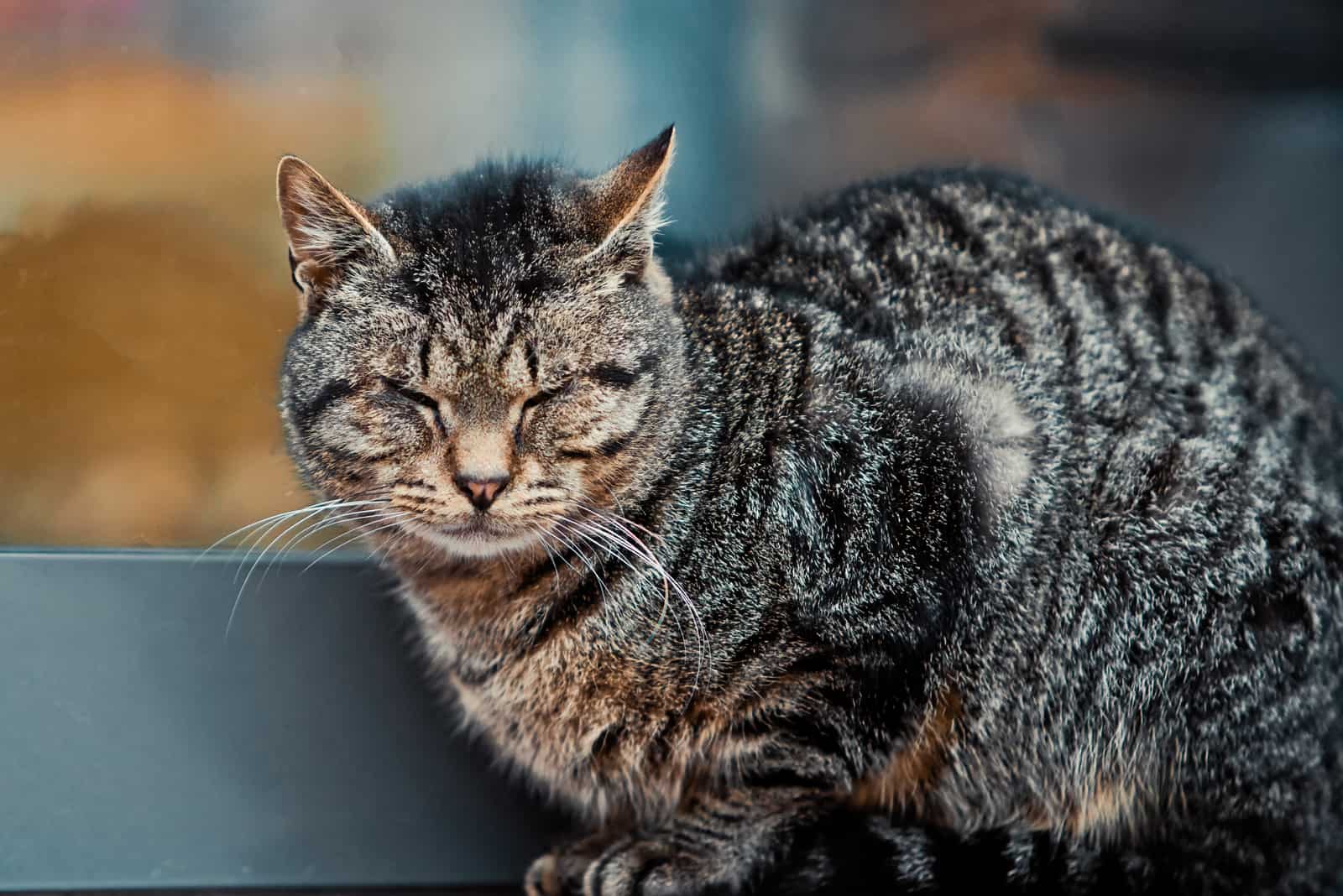
Finally, cat scent glands are nothing problematic, or unusual. This is just something every cat has and every cat owner must be aware of.
Cat scent glands don’t create serious problems. If you take good care of your beloved feline friend, you won’t experience problems with their scent glands, particularly anal glands.
Cats are awesome; their way of communicating through scents is out of this world. This is such an interesting way of marking the territory.
I am sure that you now know all you need to know and hopefully you have learned what to do if you suspect your cat has issues with their anal glands.
To conclude, let’s sing a familiar song sang by Phoebe (from Friends): “smelly cat, smelly cat…”
Related Articles:
Why Are Cats’ Noses Wet? Should You Worry, Or Is It Normal?


